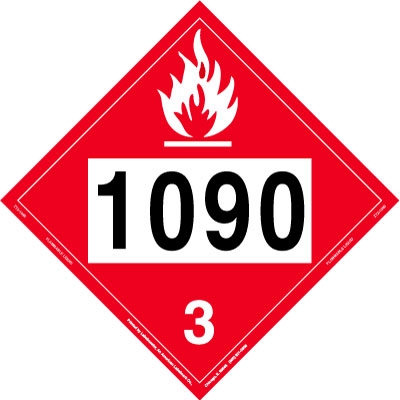Orientation -- Hazcom And HAZMAT(English)
- OSHA
- HAZWOPER
- GHS
2.
You may optionally provide this to label your report, leaderboard, or certificate.
×
Thank you for your feedback!
















